
Unwanted inheritance. Architect Jan Dvořák (1925–1998)
20.4.2017 - 2.7.2017, Museum of the City of Brno - Špilberk
The monographic exhibition about the work of Brno architect Jan Dvořák is not only a presentation of one author's work but also aims to thematize the broader context in which post-war realizations are currently situated and the relationship they have with both the lay and expert public. The exhibition project aims to contribute to the highly relevant debate on the heritage protection of buildings from the second half of the twentieth century.
The buildings created during the previous regime often leave a strong imprint on our memory. They evoke various memories, provoke, and attract us. Like many works of art in public space, they have often earned popular nicknames that survive to this day. These are always buildings notable for their mass, invested resources, used materials, and style, in the good sense of the term "an eyesore." For some, they are symbols of a hated regime; for others, examples of quality architectural gestures comparable to contemporary global production.
Jan Dvořák's work has not been evaluated in post-revolutionary socio-political conditions, despite the fact that he is the author of dozens of realizations in Brno and beyond, a frequently published architect, and engaged in various contemporary causes related to the preservation of interwar architecture or connected with the urban development of the city. The buildings he and his collaborators realized have often been completely altered by modern interventions and renovations or even entirely demolished. The time of creation, that is, the period of a different political regime, is a sufficient argument for property owners to make changes up to destructions without examining their artistic-historical value.
Jan Dvořák's first larger realization was the India Dormitory in Brno-Komárov (1960-1962). However, his most significant works can be identified as the projects of large research institute complexes in Brno-Komárov (1969-1982) and on Botanická Street (1975-1988). They developed in parallel, and Dvořák worked with pronounced, almost sculptural mass accents on both. During the 1960s, Dvořák actively opposed inappropriate interventions into the realizations of Brno’s interwar architecture. His personal commitment to the search for the original furniture from the Tugendhat villa speaks of the respect and undoubtedly admiration Jan Dvořák had for interwar realizations. He found himself in direct dialogue with interwar architecture when designing the Myslivna hotel (1969, realization 1975-1987) on the slope above Pisárky.
In Brno, Jan Dvořák undoubtedly occupies a distinct position; the interconnectedness of architecture with visual art can be considered the central theme of his work and theoretical activity. He was the author of several memorials and fountains and is a co-author of some artistic works that are part of his buildings. His close collaboration with many artists was not limited to his own architectural realizations. He also developed a general plan for monumental sculptural decoration in Brno and the artistic solution for the Dukovany Nuclear Power Plant (1986).
Thanks to the Department of Architectural History, the Museum of the City of Brno has acquired an extensive estate of Jan Dvořák. The archival material, including period photographs, plans, and sketches, will form the central part of the exhibition, but there will also be space for documentation of the current state of his buildings and interviews with his former collaborators and colleagues.
The aim of the exhibition project is not only to present Jan Dvořák's architectural activity; equally, the exhibition provides important space for the reflection on our society's relationship with the architecture created during the previous regime. The "unwanted heritage," therefore, does not exclusively refer to his work but points to the highly relevant topic of the gradual disappearance of quality architectural and artistic realizations by various authors of the same generation. The current fate of the buildings of architect Dvořák, who worked mainly in the 60s to the 80s of the last century not only in Brno but in many other cities of the former Czechoslovakia, has thus become a certain "exemplary case" and forms the central thread of the entire exhibition.
The exhibition is curated by architectural historian Šárka Svobodová from the Brno collective 4AM/Forum for Architecture and Media, who has long focused on post-war architecture. It is being prepared in collaboration with the curator of the Museum of the City of Brno, Jindřich Chatrný, architect Jaroslav Sedlák, visual artists Marie Lukáčová and Jakub Roček, photographer Zdeněk Porcal, and graphic designer Jozef Ondrík.
The personality of Jan Dvořák will be presented by the exhibition from April 20 to July 2 in three parts: the largest will be at Špilberk Castle, the next at Tugendhat Villa, and in the cultural space Prague, where a professional accompanying program will also take place. The exhibition is prepared by the Museum of the City of Brno in cooperation with 4AM/Forum for Architecture and Media. In the second half of the year, the exhibition project will also be followed by a publication of the same name.
> www.spilberk.cz/vystava/nechtene-dedictvi-jan-dvorak/
The buildings created during the previous regime often leave a strong imprint on our memory. They evoke various memories, provoke, and attract us. Like many works of art in public space, they have often earned popular nicknames that survive to this day. These are always buildings notable for their mass, invested resources, used materials, and style, in the good sense of the term "an eyesore." For some, they are symbols of a hated regime; for others, examples of quality architectural gestures comparable to contemporary global production.
Jan Dvořák's work has not been evaluated in post-revolutionary socio-political conditions, despite the fact that he is the author of dozens of realizations in Brno and beyond, a frequently published architect, and engaged in various contemporary causes related to the preservation of interwar architecture or connected with the urban development of the city. The buildings he and his collaborators realized have often been completely altered by modern interventions and renovations or even entirely demolished. The time of creation, that is, the period of a different political regime, is a sufficient argument for property owners to make changes up to destructions without examining their artistic-historical value.
Jan Dvořák's first larger realization was the India Dormitory in Brno-Komárov (1960-1962). However, his most significant works can be identified as the projects of large research institute complexes in Brno-Komárov (1969-1982) and on Botanická Street (1975-1988). They developed in parallel, and Dvořák worked with pronounced, almost sculptural mass accents on both. During the 1960s, Dvořák actively opposed inappropriate interventions into the realizations of Brno’s interwar architecture. His personal commitment to the search for the original furniture from the Tugendhat villa speaks of the respect and undoubtedly admiration Jan Dvořák had for interwar realizations. He found himself in direct dialogue with interwar architecture when designing the Myslivna hotel (1969, realization 1975-1987) on the slope above Pisárky.
In Brno, Jan Dvořák undoubtedly occupies a distinct position; the interconnectedness of architecture with visual art can be considered the central theme of his work and theoretical activity. He was the author of several memorials and fountains and is a co-author of some artistic works that are part of his buildings. His close collaboration with many artists was not limited to his own architectural realizations. He also developed a general plan for monumental sculptural decoration in Brno and the artistic solution for the Dukovany Nuclear Power Plant (1986).
Thanks to the Department of Architectural History, the Museum of the City of Brno has acquired an extensive estate of Jan Dvořák. The archival material, including period photographs, plans, and sketches, will form the central part of the exhibition, but there will also be space for documentation of the current state of his buildings and interviews with his former collaborators and colleagues.
The aim of the exhibition project is not only to present Jan Dvořák's architectural activity; equally, the exhibition provides important space for the reflection on our society's relationship with the architecture created during the previous regime. The "unwanted heritage," therefore, does not exclusively refer to his work but points to the highly relevant topic of the gradual disappearance of quality architectural and artistic realizations by various authors of the same generation. The current fate of the buildings of architect Dvořák, who worked mainly in the 60s to the 80s of the last century not only in Brno but in many other cities of the former Czechoslovakia, has thus become a certain "exemplary case" and forms the central thread of the entire exhibition.
The exhibition is curated by architectural historian Šárka Svobodová from the Brno collective 4AM/Forum for Architecture and Media, who has long focused on post-war architecture. It is being prepared in collaboration with the curator of the Museum of the City of Brno, Jindřich Chatrný, architect Jaroslav Sedlák, visual artists Marie Lukáčová and Jakub Roček, photographer Zdeněk Porcal, and graphic designer Jozef Ondrík.
The personality of Jan Dvořák will be presented by the exhibition from April 20 to July 2 in three parts: the largest will be at Špilberk Castle, the next at Tugendhat Villa, and in the cultural space Prague, where a professional accompanying program will also take place. The exhibition is prepared by the Museum of the City of Brno in cooperation with 4AM/Forum for Architecture and Media. In the second half of the year, the exhibition project will also be followed by a publication of the same name.
> www.spilberk.cz/vystava/nechtene-dedictvi-jan-dvorak/
The English translation is powered by AI tool. Switch to Czech to view the original text source.
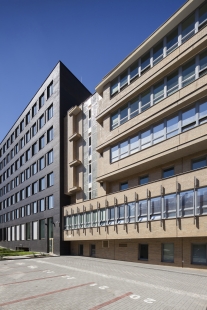
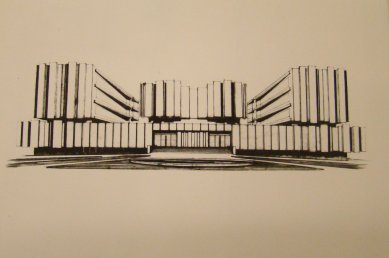
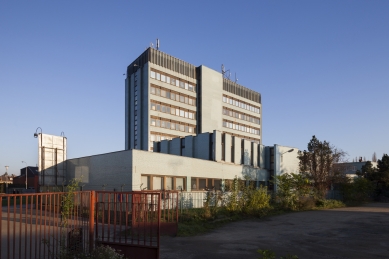
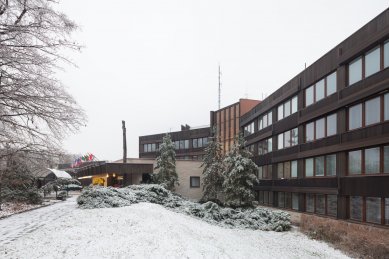
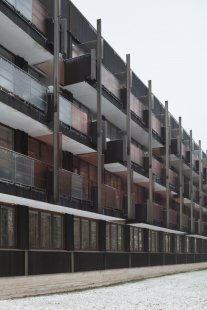

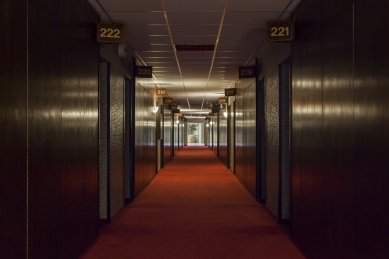
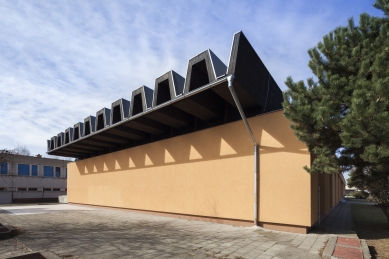
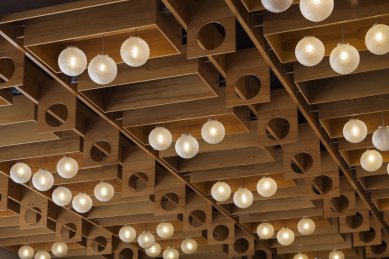
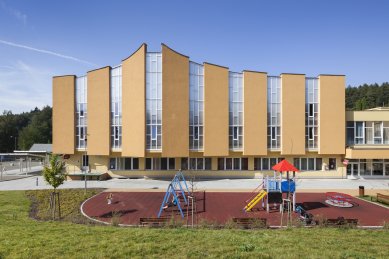
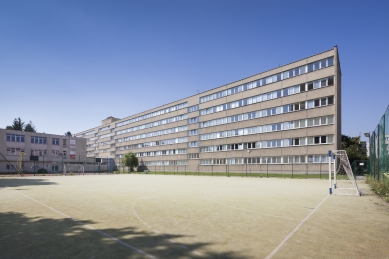
0 comments
add comment
Related articles
1
22.11.2023 | Hotel Myslivna near Brno is disappearing, according to a historian it was an art museum of the 1980s
0
07.03.2019 | Unwanted Inheritance - Invitation to the Publication Launch
0
22.06.2017 | <p>Architect Jan Dvořák is an exemplary example</p>
0
01.06.2017 | Unwanted Inheritance - Lecture by Šárka Svobodová at Villa Tugendhat
0
10.05.2017 | Jan Tabor: Thoughts on Hunting Grounds
0
19.04.2017 | The exhibition in Brno presents architect Dvořák and the fate of his buildings












